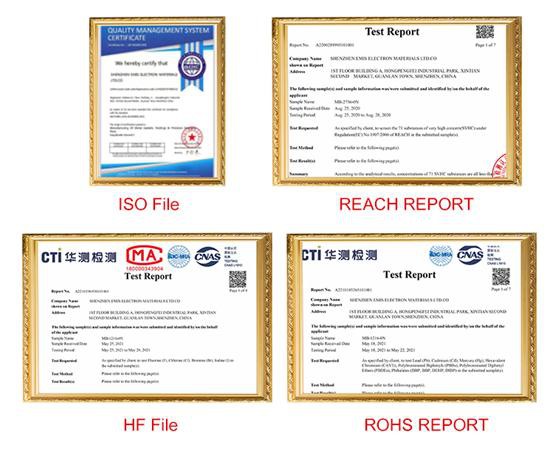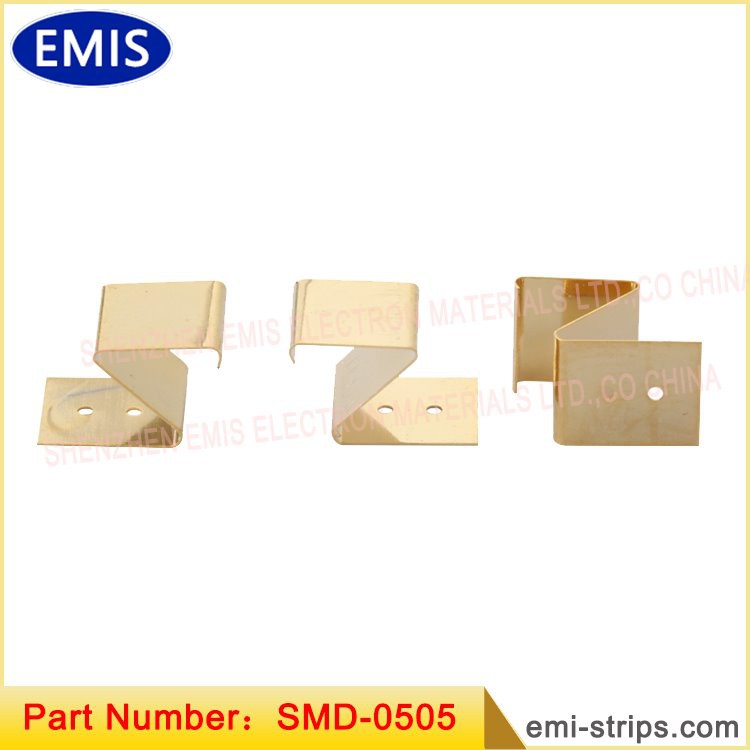Product Introduction
We supply Electrical contact spring.also known as a spring contact or spring probe, is a mechanical component used in electrical connectors or test probes. It is designed to establish an electrical connection between two conductive surfaces or components.
Product Parameter

Electrical contact springs, also referred to as spring contacts or spring probes, are invaluable mechanical components utilized in electrical connectors and test probes. Their primary function is to establish a secure and reliable electrical connection between two conductive surfaces or components. In this article, we will explore the significance, design, and applications of electrical contact springs, shedding light on their role in ensuring seamless electrical connectivity.
The Importance of Electrical Contact Springs
Electrical contact springs play a critical role in numerous applications where the establishment of dependable electrical connections is essential. Whether it's electronic devices, circuit boards, connectors, switches, or test fixtures, these springs enable the flow of electrical current, ensuring the efficient transmission of signals or power. Their reliable performance is crucial for the optimal functioning of electrical systems and preventing signal loss, power disruption, or data corruption.
Design and Features
Electrical contact springs are meticulously designed to exhibit specific characteristics that contribute to their effectiveness and reliability. They are typically constructed from highly conductive materials such as beryllium copper or stainless steel. These materials possess excellent electrical conductivity, ensuring minimal resistance in the electrical pathway.
One of the key features of contact springs is their spring mechanism. This mechanism allows them to deform and exert a consistent force when compressed or released. The applied force ensures a firm and reliable electrical connection between the contact surfaces, even in the presence of mechanical tolerances, vibrations, or thermal expansion. This flexibility helps to compensate for misalignments or variations, maintaining continuous contact and preventing intermittent connections.
Applications of Electrical Contact Springs
Connectors: Electrical contact springs are extensively used in connectors of various types, including board-to-board connectors, cable connectors, and edge connectors. These springs establish secure electrical connections between the mating surfaces of connectors, ensuring the reliable transmission of signals or power.
Circuit Boards: In the realm of circuit boards, contact springs are instrumental in creating reliable connections between different components, such as integrated circuits (ICs), connectors, and switches. Their use facilitates the smooth flow of current and signals, reducing the risk of circuit malfunctions or performance degradation.
Test Probes: Contact springs find wide applications in the field of testing and measurement. Test probes equipped with contact springs are used to make temporary electrical connections for testing electronic circuits. These probes enable technicians to access specific points on a circuit board or device, allowing for accurate testing and troubleshooting.
Battery Contacts: Electrical contact springs are commonly employed in battery compartments to establish a secure connection between the battery and the device. The springs ensure proper electrical contact, minimizing the risk of power loss or unreliable operation.
Conclusion
Electrical contact springs, or spring contacts, are vital components that enable the establishment of reliable electrical connections in a broad range of applications. Their design, incorporating a spring mechanism and employing high-conductivity materials, ensures consistent force and low resistance, even in challenging conditions. From connectors to circuit boards and test probes, these springs contribute to the seamless flow of current and signals, ensuring optimal performance and reliability in electrical systems.
As a supplier of electrical contact springs, we recognize their significance in maintaining robust electrical connections. We are committed to providing high-quality and customizable solutions to meet the specific needs of our customers across various industries. By offering reliable contact springs, we empower our clients to achieve efficient and uninterrupted electrical connectivity in their applications, contributing to enhanced functionality and performance.
Product qualification
Manufacturing Process Flow Of BeCu Fingerstock

Electroplating on the Beryllium Copper production surface
Common appearance pictures of electroplating products

The post-processing workshops

Quality control process
Environmental Requirements For Products
Our BeCu products meet the requirements of SGS report,ROHS report,REACH,Halogen-free (HF) report,etc.

Perfect Testing Equipments
Our company has a complete set of product testing equipment to ensure that we can provide high-quality and reliable products. When products are shipped, we can provide a full series of testing reports, and some of the equipment is shown in the following figure:

Deliver,shipping and serving

FAQ
Questions and keys of fingerstock and gaskets procurement purchase:
Q1: What is an electrical contact spring?
A1: An electrical contact spring, also known as a spring contact or spring probe, is a mechanical component used in electrical connectors or test probes. It is designed to establish an electrical connection between two conductive surfaces or components.
Q2: How do electrical contact springs work?
A2: Electrical contact springs work based on their spring mechanism. When compressed or released, they exert a consistent force, ensuring a firm electrical connection between the contact surfaces. This force helps maintain contact even in the presence of mechanical tolerances, vibrations, or thermal expansion.
Q3: What are the applications of electrical contact springs?
A3: Electrical contact springs have various applications. They are used in connectors, circuit boards, switches, and test probes. They enable the flow of electrical current, ensuring reliable transmission of signals or power in electronic devices and systems.
Q4: Why are electrical contact springs important?
A4: Electrical contact springs are important because they provide reliable electrical connections. They help prevent signal loss, power disruption, or data corruption, ensuring the optimal functioning of electrical systems.
Q5: Can electrical contact springs withstand repeated use?
A5: Yes, electrical contact springs are designed to withstand a high number of cycles without significant degradation. They have a high cycle life, making them suitable for applications that require repeated compression and release, such as connectors and test probes.
Hot Tags: electrical contact spring, China electrical contact spring manufacturers, suppliers, factory, SMD spring contacts, SMD Gold Plated Spring, PCB Spring Contacts, SMT EMI Contact Finger, SMT finger, Electrical Contact Spring










